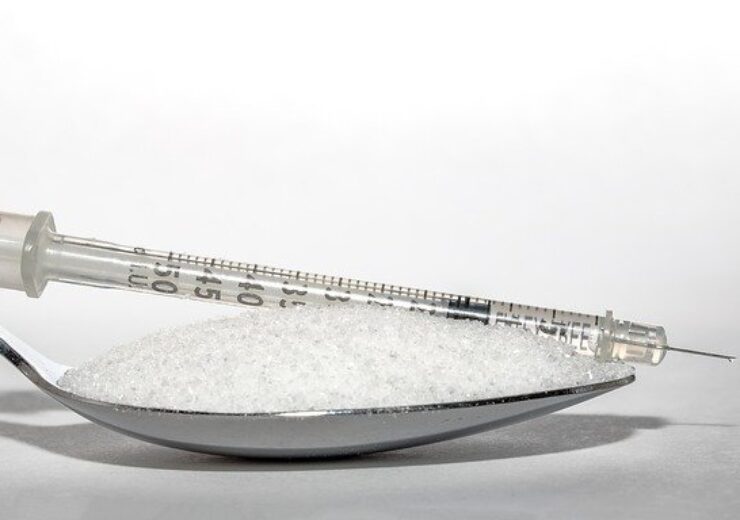According to Hagar, GWave is the world's first non-invasive continuous glucose monitoring system that use RF waves to measure blood glucose levels

Hagar’s GWave is a non-invasive CGM system. (Credit: Myriams-Fotos from Pixabay.)
Hagar N.I.G. (Noninvasive Glucose monitoring) has received the US Food and Drug Administration (FDA) breakthrough device designation for its GWave technology.
According to the Israeli company, GWave is the world’s first non-invasive continuous glucose monitoring system that leverages RF waves to measure blood glucose levels.
The FDA Breakthrough Device Designation follows the company’s $11.7m Series B funding round earlier this year, led by an existing investor Columbia Pacific.
With the Series B round, Hagar’s total funding reached $17.1m.
Hagar CTO and co-founder Gerry Waintraub said: “Receiving FDA breakthrough designation reflects our commitment to deliver innovative technology targeting one of the world’s most significant chronic diseases, one which affects more than 422 million people, 8.5% of the world’s population.”
Hagar designed its first-generation GWave technology as a device, about a third the size of a standard smartphone, but involves less RF exposure compared to a smartphone.
The device measures blood glucose levels eliminating the need for pricking the skin for blood, and making it easy, and painless to use the device.
GWave facilitates early detection of glucose elevations and endorses good dietary and exercise practices, said the Israeli company.
In a pilot study, GWave technology accurately detected real-time blood glucose, when compared to a hexokinase core laboratory assay during an oral glucose tolerance test (OGTT).
Furthermore, Hagar is developing a second-generation sensor that can be easily integrated into common smartwatches and is currently available in the market.
Hagar medical advisor Dr Irl Hirsch said: “The study will involve 250 patients with type 1 and type 2 diabetes and will test the accuracy of GWave on a diverse group of individuals across a range of demographic criteria.
“We also have a second study due to start this winter, which will test the device’s accuracy during conditions of rapidly changing glucose levels.”
